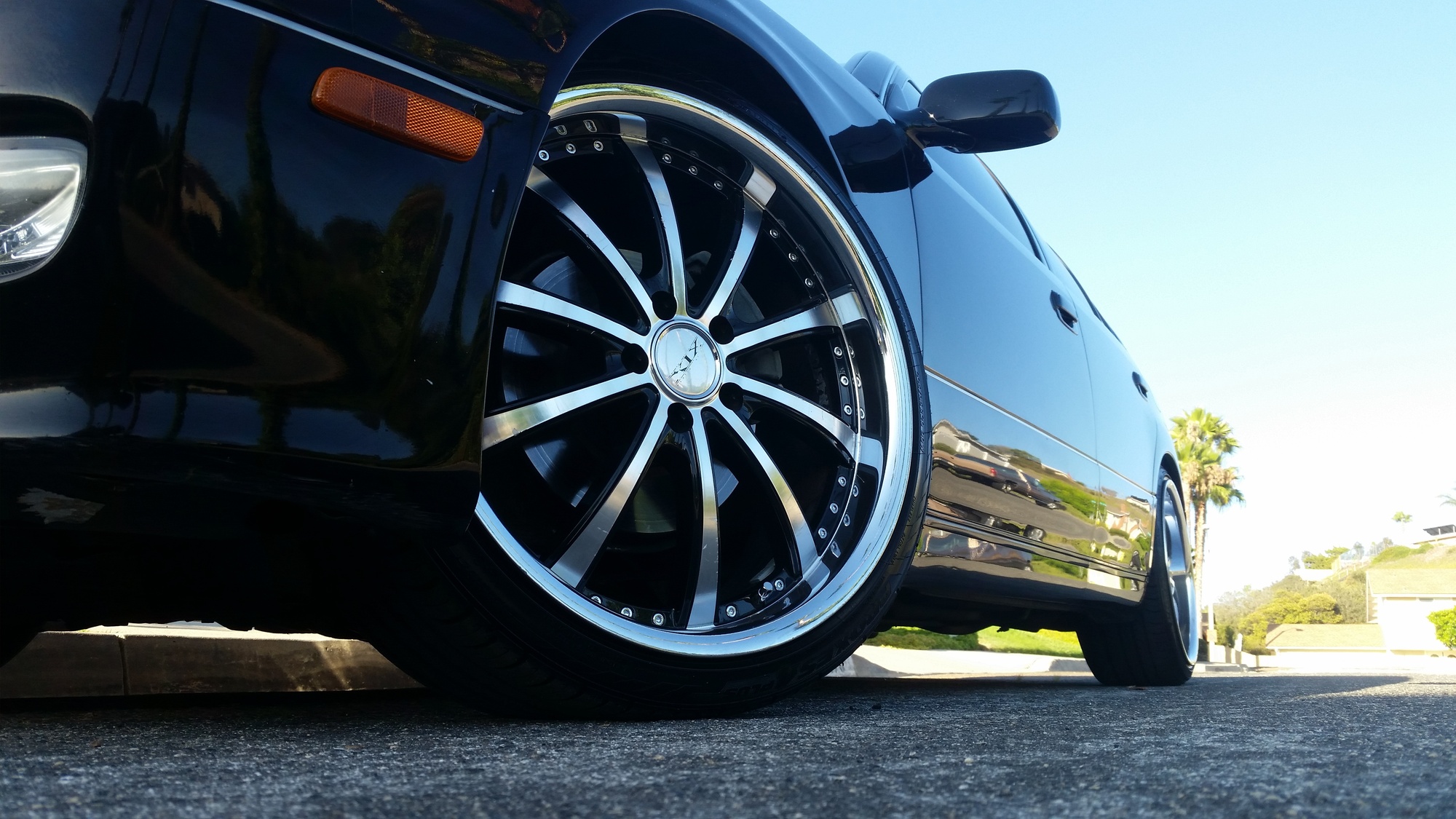Do you understand what wheel offset is? Wondering what wheel offset actually looks like in practice?
If you own a vehicle and want to customize it, getting some new wheels can be a good choice. However, it’s important to understand how to buy the right ones. You need to make sure that you understand wheel offset if you want to make a good choice.
In this vehicle ownership guide, we’ll tell you what you need to know about wheel offset and what it means when buying different types of wheels for your vehicle.
What is Wheel Offset?
Wheel offset is an indication of how your vehicle’s wheels are mounted in your wheel wells and how much space there is on the wheel’s sides.
It’s important to get wheels with the right offset for your vehicle to ensure that your vehicle operates as it should. If the offset is wrong it can cause problems with your vehicle. The wheels may rub and cause issues with the brakes, the suspension, and other parts of the car. This damage may end up causing your car to handle poorly and could lead to it being less stable at higher speeds.
Not having the right wheel offset and having poor handling can also lead to safety issues as well, so it’s important to get the offset right. Choosing the offset that your specific vehicle requires is necessary to ensure your vehicle works well and drives as it should.
Types of Wheel Offset
There are a few different terms related to wheel offset that you should know about. Each of these terms refers to the specifics of the wheel positioning and its offset.
Here are a few of the terms that you should know about when considering wheel offset.
- Zero Wheel Offset: Zero wheel offset refers to a hub mounting surface that is on the wheel’s centerline. The mounting surface is positioned at the very center of the wheel.
- Positive Wheel Offset: Positive wheel offset is when the wheel’s mounting surface is to the outside of the wheel, in the direction of the street. The mounting surface is in the front of the centerline. This type of offset is commonly found in vehicles that have front-wheel drive as well as some modern vehicles that have rear-wheel drive.
- Negative Offset: Negative wheel offset is when the mounting surface of the wheel is behind the centerline. The mounting surface is close to the wheel’s inside edge and there is little backspacing. This type of “dished” wheel is commonly found in trucks.
What is Wheel Backspacing?
Backspacing is related to offset and refers to the amount of space that is between the wheel’s mounting surface and the wheel’s backside. This is the amount of distance needed to successfully accommodate the width and offset of the wheel.
To measure backspacing, you’ll measure the distance in inches from the mounting surface to the back edge of the wheel.
Common Problems With Wheel Offsets
If the wheels are installed improperly and with the wrong offset, then it can cause damage to your vehicle and could lead to other issues.
Here are some potential problems related to positive and negative offset that you should know about.
Excess Positive Offset
If your wheel has too much positive offset, a variety of things could happen. The wheel and tire could rub against the suspension or the bodywork and cause damage that can be costly to repair.
This damage could lead to poor handling, instability, and potential tire failure. It can also interfere with the operation of the brakes as well.
Excess Negative Offset
When there is too much negative offset on your vehicle’s wheels, there could also be problems.
This negative offset may lead to a higher amount of kickback from the steering wheel as well as suspension problems. It can cause your vehicle to handle poorly and can make it more difficult to control.
How to Choose the Right Wheel Offset For Your Vehicle
There are many factors to consider when choosing the best car wheels for your vehicle. When choosing wheels for your vehicle, one of the main things that you should take into consideration is offset.
First of all, you should find out what the recommended offset is for your vehicle. You can usually find this by checking your vehicle’s “Tire Guide” or owner’s manual.
After you have determined the recommended offset for your vehicle, you should then choose wheels that have the correct offset for your vehicle’s needs. The offset of a wheel will be stamped on it as an ET value. The ET value is an indication of the distance between the vehicle’s mounting surface and the center of the wheel and will usually be in millimeters.
The higher the ET value, the more a wheel will be positioned inwards. A lower ET, however, will indicate that the wheel will protrude outwards.
Be sure to check your vehicle’s recommendations and verify the offset when shopping for wheels to ensure that you’ll make a good choice. Choosing wheels with the incorrect offset can lead to problems, so you’ll want to carefully consider the specifications of the wheel when making a purchase.
Final Thoughts
If you want to make sure that you choose the best wheels to buy for your vehicle, you need to understand wheel offset and backspacing. Be sure that you consider all of the information in the above car ownership guide when making your choice.
Are you interested in learning more helpful automotive tips? Read through our blog now to discover more great articles and guides.

